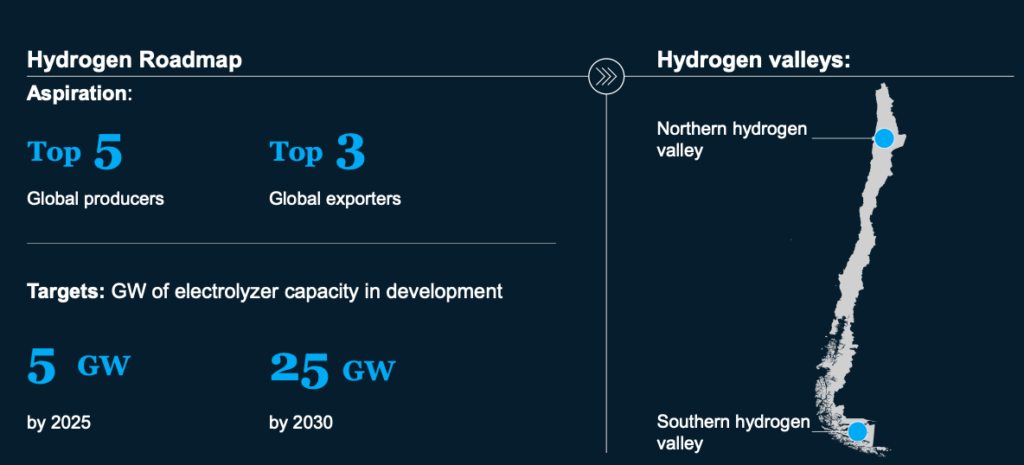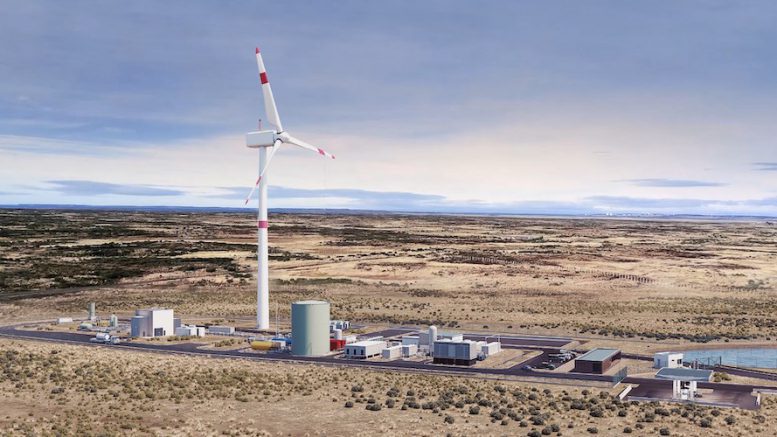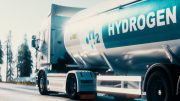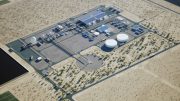Chile’s top steel producer CAP is developing a green hydrogen pilot plant to decarbonize steel production at its unit in the south-central Talcahuano city, located about 500 km from capital Santiago.
The company’s steelmaking division aims to substitute coal used in its blast furnaces with less polluting fuels, including hydrogen, a clean, combustible gas often dubbed the “fuel of the future.”
Current tests are backed by Chile’s Green Hydrogen Accelerator (H2V) initiative, which seeks to help develop the country’s industry.
CAP’s H2V project is slated to produce 1,550 tonnes of green hydrogen and help consolidate a green steel line by 2030.
The pilot phase will run through 2025, with production of 25,000 tonnes a year of sponge iron or hot iron briquettes, which are key materials for steel mills.
CAP infrastructure head Patricia López said at an industry event on Wednesday the company would evaluate the current business model through 2029.
She added the plan was to evaluate how much current and future clients are willing to pay for green steel.
Chile’s hydrogen dreams

Chile, the world’s No. 1 copper producer, has set the goal of generating the globe’s cheapest green hydrogen by 2030. It also wants to become one of the top three exporters of the alternative fuel by 2040.
According to a McKinsey study from 2020, the South American nation is in a unique spot as the “unparalleled renewable resources in the Atacama and Patagonia make it the lowest cost place to produce Green Hydrogen in the world.”
The consulting firm estimated that by 2050, Chile could produce a kilogram of hydrogen, which packs about the same energy as a gallon of gas, for as little as US80¢ to US$1.10.
The International Renewable Energy Agency estimates that hydrogen will account for as much as 12% of global energy use by 2050 and has identified Chile, Morocco, and Namibia as countries that could emerge as first exporters.
In December, the Chilean government inaugurated Haru Oni, the world’s first integrated, commercial, industrial-scale hydrogen plant for making synthetic climate-neutral fuels.
The pilot complex was assembled by a collection of local and international firms — energy and mining companies, engineering firms and even a carmaker.
By the end of 2022, Haru Oni became the first successful project to transform the relentless winds of Patagonia into synthetic gas, but its main current focus is green hydrogen.




Be the first to comment on "Chile’s top steel producer bets on green hydrogen"